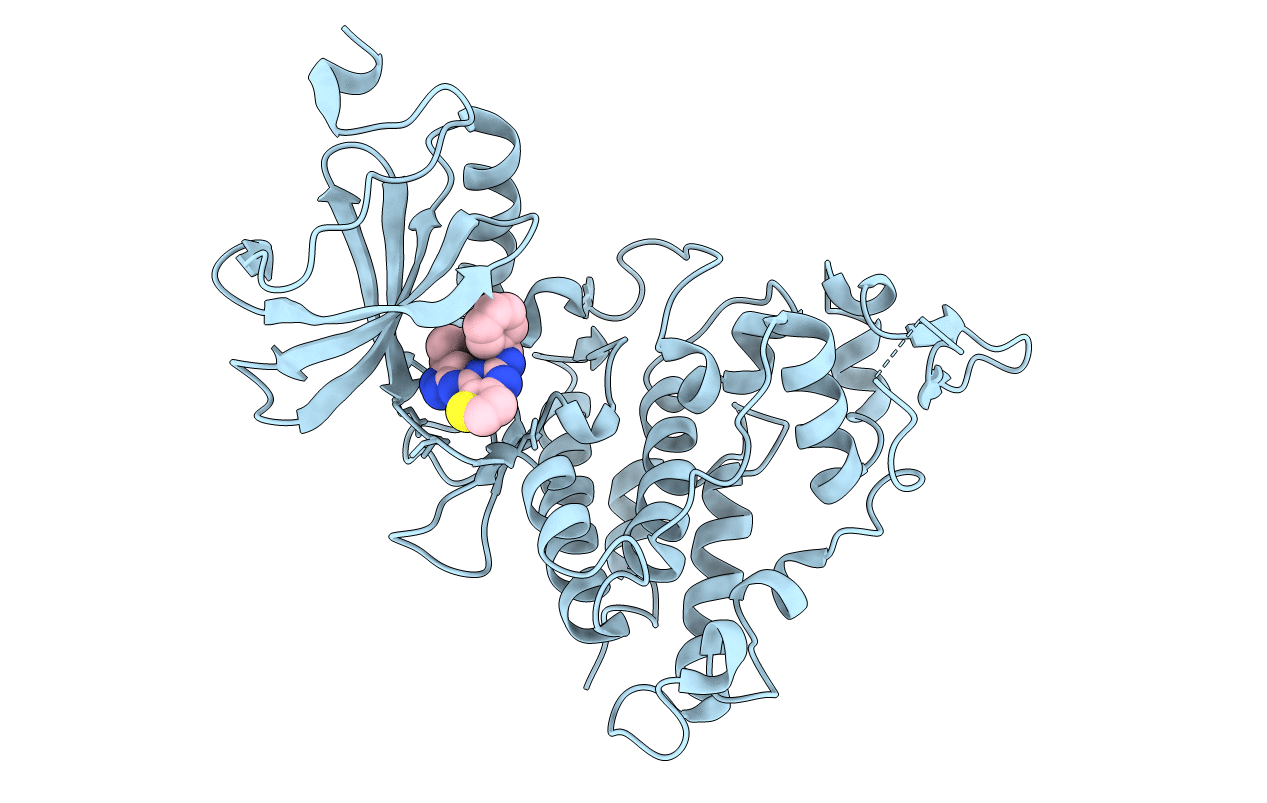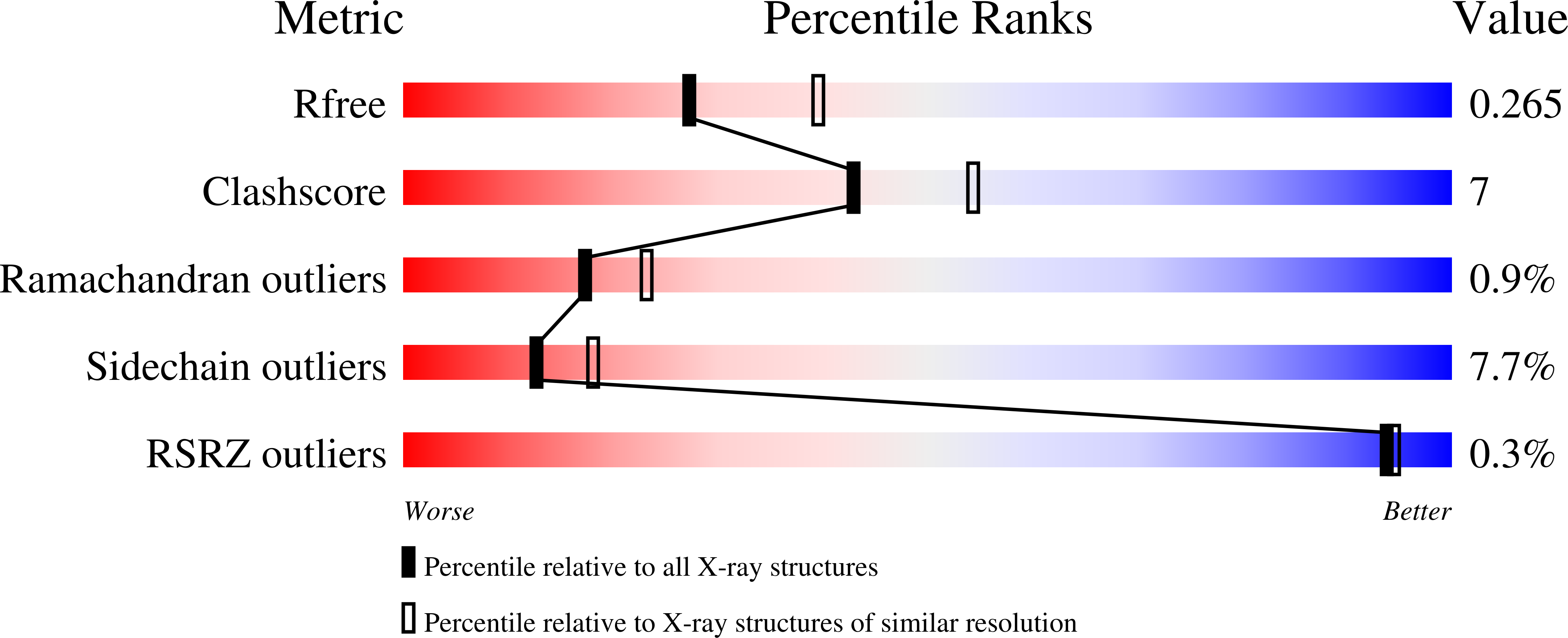
Deposition Date
2021-06-23
Release Date
2022-03-02
Last Version Date
2024-10-23
Entry Detail
PDB ID:
7OY6
Keywords:
Title:
Crystal structure of human DYRK1A in complex with ARN25068
Biological Source:
Source Organism:
Homo sapiens (Taxon ID: 9606)
Host Organism:
Method Details:
Experimental Method:
Resolution:
2.38 Å
R-Value Free:
0.27
R-Value Work:
0.19
R-Value Observed:
0.20
Space Group:
P 42


